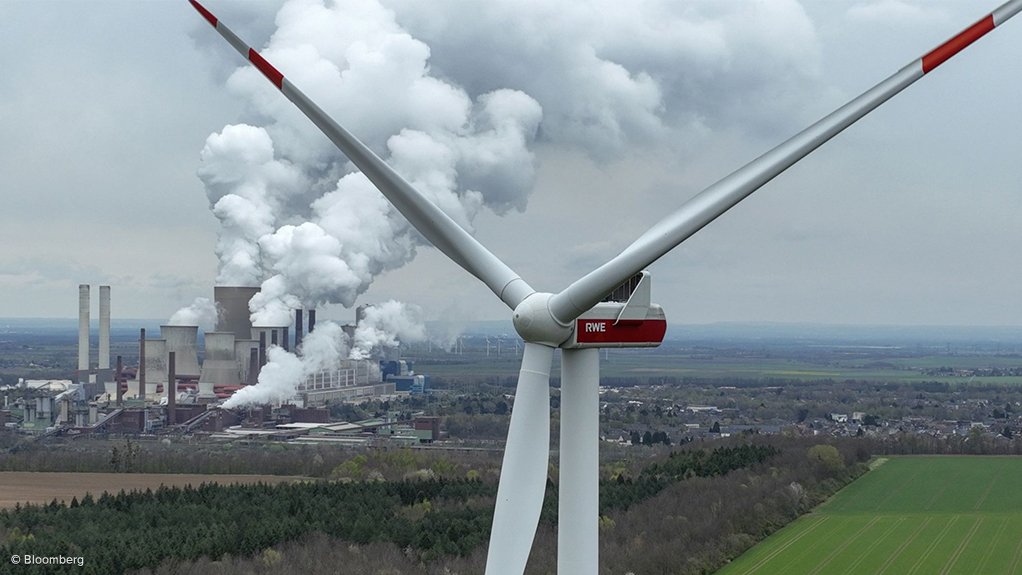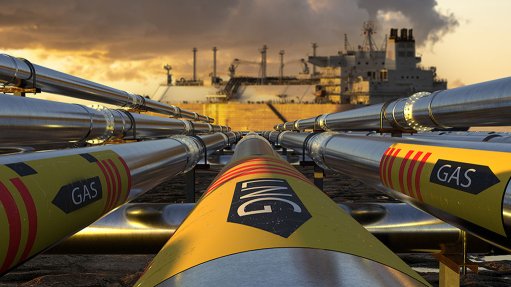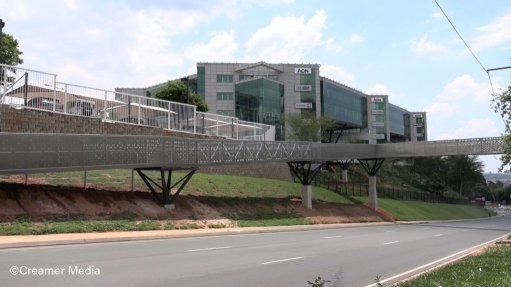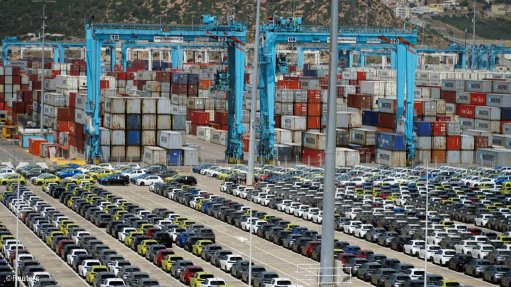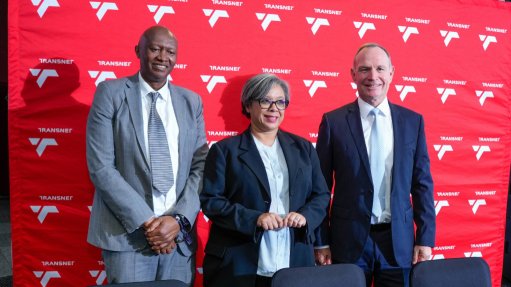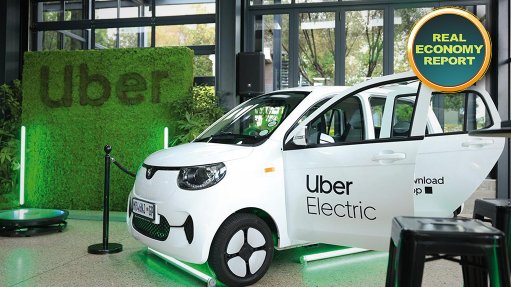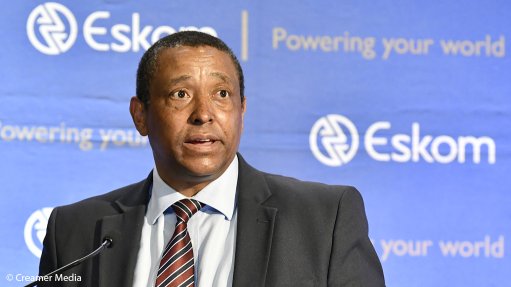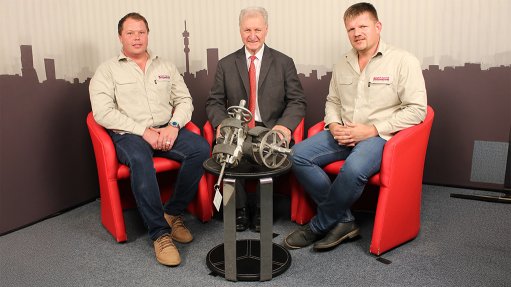Global energy investment to reach record $3.3tr this year
Global energy investment is set to increase to a record $3.3-trillion this year, despite headwinds from elevated geopolitical tensions and economic uncertainty, according to the International Energy Agency’s (IEA’s) latest yearly ‘World Energy Investment’ report.
The report, which provides key insights on the latest investment trends across the global energy landscape, finds that investment in clean energy technologies, such as renewables, nuclear, grids, storage, low-emissions fuels, efficiency and electrification, is on course to hit $2.2-trillion this year.
This reflects efforts to reduce emissions and the growing influence of industrial policy, energy security concerns and the cost competitiveness of electricity-based solutions.
Investment in oil, natural gas and coal is set to reach $1.1-trillion.
“The fast-evolving economic and trade picture means that some investors are adopting a wait-and-see approach to new energy project approvals but, in most areas, we have yet to see significant implications for existing projects,” IEA executive director Fatih Birol notes.
In addition to a comprehensive assessment of the current investment landscape across fuels, technologies and regions, the tenth edition of the ‘World Energy Investment’ report explores some of the major changes over the past decade.
The report also finds that the geography of energy investment is shifting in ways that will have long-term implications. China is the largest global energy investor by a wide margin.
Meanwhile, global spending on upstream oil and gas is gravitating towards the Middle East.
Nearly a decade ago, the first edition of the ‘World Energy Investment’ report showed energy investment in China just edging ahead of that of the US in 2015. Today, China is by far the world’s largest overall energy investor, spending twice as much on energy as the EU and almost as much as the EU and US combined.
Over the past decade, China’s share of global clean energy spending has risen from a quarter to almost a third, underpinned by strategic investments in a range of technologies, including solar, wind, hydropower, nuclear, batteries and electric vehicles.
According to the report, current investment trends show a “new age of electricity” is drawing nearer. A decade ago, investments in fossil fuels were 30% higher than those in electricity generation, grids and storage. This year, electricity investments are set to be about 50% higher than the total amount being spent bringing oil, natural gas and coal to market.
Globally, spending on low-emissions power generation has almost doubled over the past five years, led by solar PV. Battery storage investments are also climbing rapidly, surging above $65-billion this year.
Capital flows to nuclear power have grown by 50% over the past five years and are on course to reach about $75-billion this year.
Rapid growth in electricity demand is underpinning continued investment in coal supply, mainly in China and India. China started construction on nearly 100 GW of new coal-fired power plants, pushing global approvals of coal-fired plants to their highest level since 2015.
In what the IEA says is a worrying sign for electricity security, investment in grids, now at $400-billion a year, is failing to keep pace with overall spending on generation and electrification.
Meanwhile, lower oil prices and demand expectations are set to result in the first year-on-year fall in upstream oil investment since the Covid-19 slump in 2020. The 6% drop is being driven mainly by a decline in the US shale sector.
By contrast, investment in new liquefied natural gas facilities is on a strong upward trajectory as new projects in the US, Qatar, Canada and elsewhere prepare to come online.
The report also notes that energy spending patterns remain uneven globally, with many developing economies, especially in Africa, struggling to mobilise capital for energy infrastructure.
Currently, Africa accounts for just 2% of global clean energy investment, despite being home to 20% of the world’s population and rapidly growing energy demand.
Article Enquiry
Email Article
Save Article
Feedback
To advertise email advertising@creamermedia.co.za or click here
Comments
Press Office
Announcements
What's On
Subscribe to improve your user experience...
Option 1 (equivalent of R125 a month):
Receive a weekly copy of Creamer Media's Engineering News & Mining Weekly magazine
(print copy for those in South Africa and e-magazine for those outside of South Africa)
Receive daily email newsletters
Access to full search results
Access archive of magazine back copies
Access to Projects in Progress
Access to ONE Research Report of your choice in PDF format
Option 2 (equivalent of R375 a month):
All benefits from Option 1
PLUS
Access to Creamer Media's Research Channel Africa for ALL Research Reports, in PDF format, on various industrial and mining sectors
including Electricity; Water; Energy Transition; Hydrogen; Roads, Rail and Ports; Coal; Gold; Platinum; Battery Metals; etc.
Already a subscriber?
Forgotten your password?
Receive weekly copy of Creamer Media's Engineering News & Mining Weekly magazine (print copy for those in South Africa and e-magazine for those outside of South Africa)
➕
Recieve daily email newsletters
➕
Access to full search results
➕
Access archive of magazine back copies
➕
Access to Projects in Progress
➕
Access to ONE Research Report of your choice in PDF format
RESEARCH CHANNEL AFRICA
R4500 (equivalent of R375 a month)
SUBSCRIBEAll benefits from Option 1
➕
Access to Creamer Media's Research Channel Africa for ALL Research Reports on various industrial and mining sectors, in PDF format, including on:
Electricity
➕
Water
➕
Energy Transition
➕
Hydrogen
➕
Roads, Rail and Ports
➕
Coal
➕
Gold
➕
Platinum
➕
Battery Metals
➕
etc.
Receive all benefits from Option 1 or Option 2 delivered to numerous people at your company
➕
Multiple User names and Passwords for simultaneous log-ins
➕
Intranet integration access to all in your organisation



